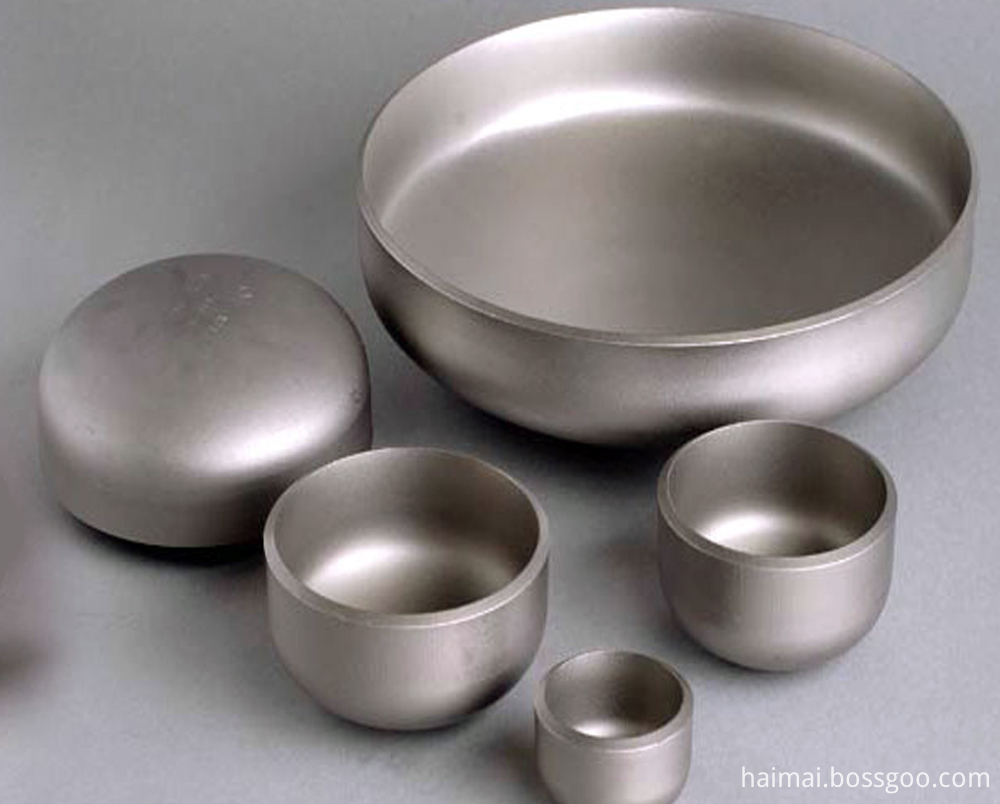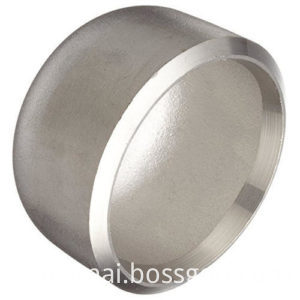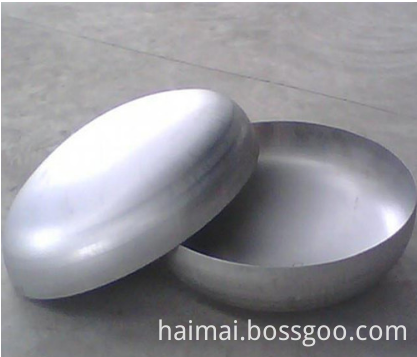As an open-loop control system, stepper motors are intrinsically linked to modern digital control technology. In the current domestic digital control system, the application of stepper motors is very extensive. With the advent of all-digital AC servo systems, AC servo motors are increasingly being used in digital control systems. In order to adapt to the development trend of digital control, stepping motor or all-digital AC servo motor is mostly used as the execution motor in the motion control system. Although the two are similar in control, there are large differences in performance and application. Dalan Motor tells you the specific performance differences are as follows: 1. Control accuracy is different. The two-phase hybrid stepping motor step angle is generally 1.8° and 0.9°, and the five-phase hybrid stepping motor step angle is generally 0.72 °. At 0.36°, there are also some high-performance stepper motors with smaller step angles after subdivision. 2 The control accuracy of the AC servo motor is guaranteed by the rotary encoder at the rear end of the motor shaft. For a motor with a 17-bit encoder, the drive receives one revolution of 131072 pulse motors, ie its pulse equivalent is 360/131072=0.0027466°, which is the pulse equivalent of a stepper motor with a step angle of 1.8°. /655. 2, low frequency characteristics are different 1 stepping motor is prone to low frequency vibration phenomenon at low speed. The vibration frequency is related to the load condition and the performance of the driver. It is generally considered that the vibration frequency is half of the take-off frequency of the motor no-load. This low frequency vibration phenomenon, which is determined by the working principle of the stepper motor, is very detrimental to the normal operation of the machine. When the stepper motor works at low speed, damping technology should generally be used to overcome the low frequency vibration phenomenon, such as adding a damper to the motor or using subdivision technology on the drive. 2 AC servo motor runs very smoothly, and vibration does not occur even at low speeds. The AC servo system has a resonance suppression function, which can cover the rigidity of the machine, and has a frequency analysis function inside the system, which can detect the resonance point of the machine and facilitate system adjustment. 3. The difference of the moment frequency characteristics 1 The output torque of the stepping motor decreases with the increase of the speed, and it will drop sharply at the higher speed, so the maximum working speed is generally 300~600RPM. 2 AC servo motor is constant torque output, that is, it can output rated torque within its rated speed (generally 2000RPM or 3000RPM), and it is constant power output above rated speed. 4, different overload capacity 1 stepper motor generally does not have overload capability. 2 AC servo motor has strong overload capability. 5, different operating performance 1 stepper motor control is open-loop control, the starting frequency is too high or the load is too large, easy to lose or staggered, the speed is too high, the overshoot is easy to occur, so to ensure its Control accuracy, should handle the problem of rising and falling speed. 2 AC servo drive system is closed-loop control, the drive can directly sample the motor encoder feedback signal, internally form the position loop and speed loop, generally there will be no stepping or overshooting of the stepper motor, and the control performance is more reliable. . 6, the speed response performance is different 1 stepping motor from static acceleration to working speed (usually a few hundred revolutions per minute) takes 200 to 400 milliseconds. 2 AC servo system has better acceleration performance. It only takes several milliseconds to accelerate from standstill to its rated speed of 3000RPM. It can be used in control situations requiring fast start and stop. In summary, the AC servo system is superior to the stepper motor in many performance aspects. However, in some occasions where the requirements are not high, stepper motors are often used to perform the motor. Therefore, in the design process of the control system, it is necessary to comprehensively consider the control requirements, cost and other factors, and select the appropriate control motor. ----- Responsible Editor: Dalan Oil Pump Motor 02- Purchasing Consultant Copyright http:/(Dalan Motor) Reprint, please indicate the source http://news.chinawj.com.cn
Aluminum Cap are available within the range of DN 15 – DN 500.
Our high-quality and corrosion resistant Aluminum Pipe End Cap come in various sizes and schedules to fit your Aluminum Fitting needs.
Aluminum Cap is a type of Aluminum Fitting that covers the end of a pipe.On a weld, if it is a temporary close, or the contractor wants to add to the piping system in the future, he or she should allow additional pipe before closing so the Aluminum Pipe End Cap can be cut off and the pipe system extended as needed.
Thickness :
3mm-50mm
Outer diameter:
15mm-500mm
Alloy Grade:
1000 series : 1070A,1060,1100,1200
2000 series :2A11,2017,2A12,2024
3000 series :3003 3A21
5000series :5A02,5052,5A03,5A05,5A06,5083,5086,5454
6000 series :6061,6063,6A02,6082,6005
Surface
Mill Finish, Anodized, Powder Coated, Wooden Finish, Polish
Packing
Export standard
Payment Terms
100% irrevocable L/C at sight or 30% T/T in advance as deposit,70% balance before shipment
MOQ
1 Piece
Delivery time
20-45 days after receiving L/C or deposit
Loading Port
Xingang Port,Tianjin



Aluminum Cap
Aluminum Pipe End Cap,Aluminum Fitting,Aluminum Cap,Aluminum 6063 Cap,Aluminum 1060 Cap
HEBEI HANMAC MACHINE CO., LTD. , https://www.chinahanmac.com